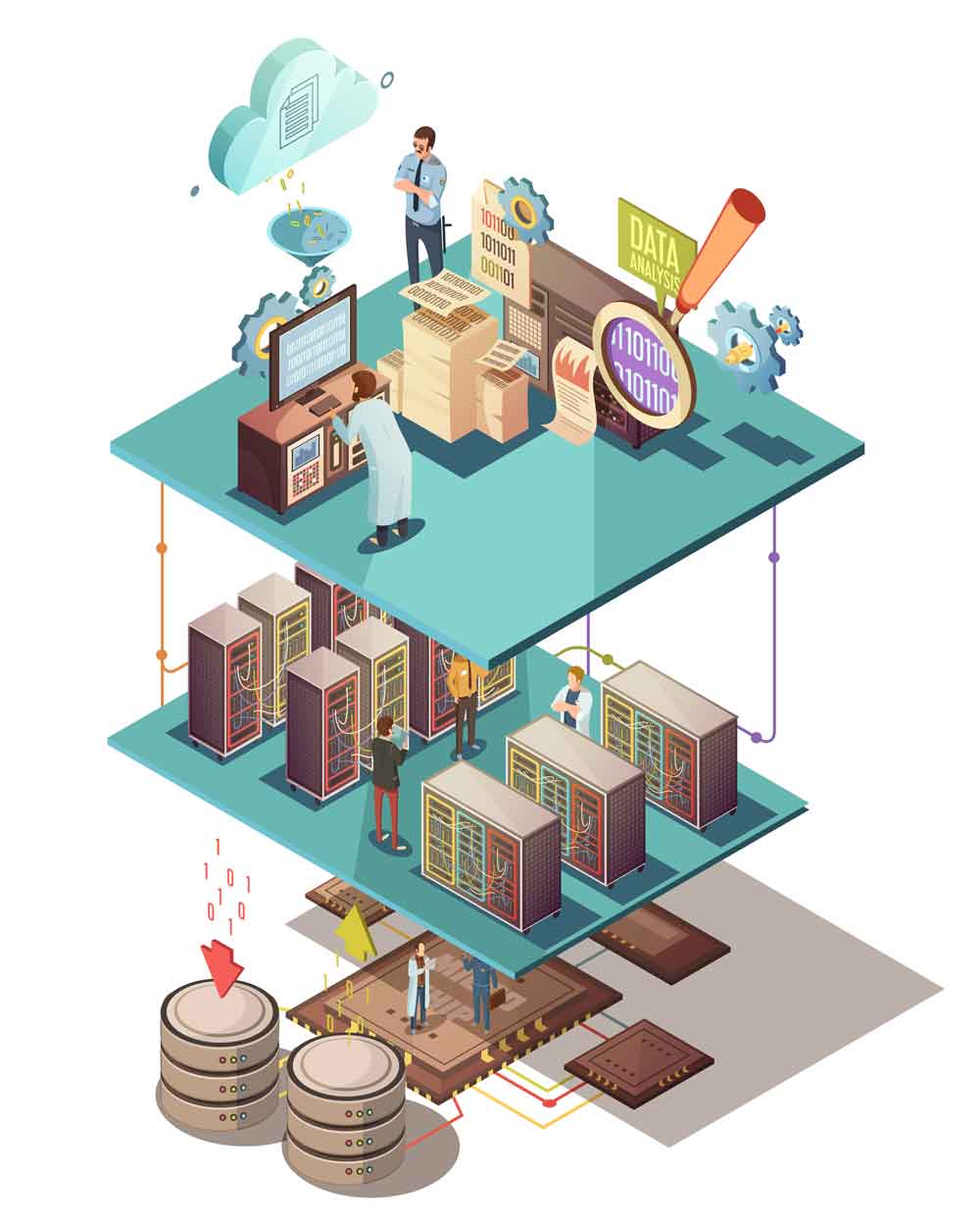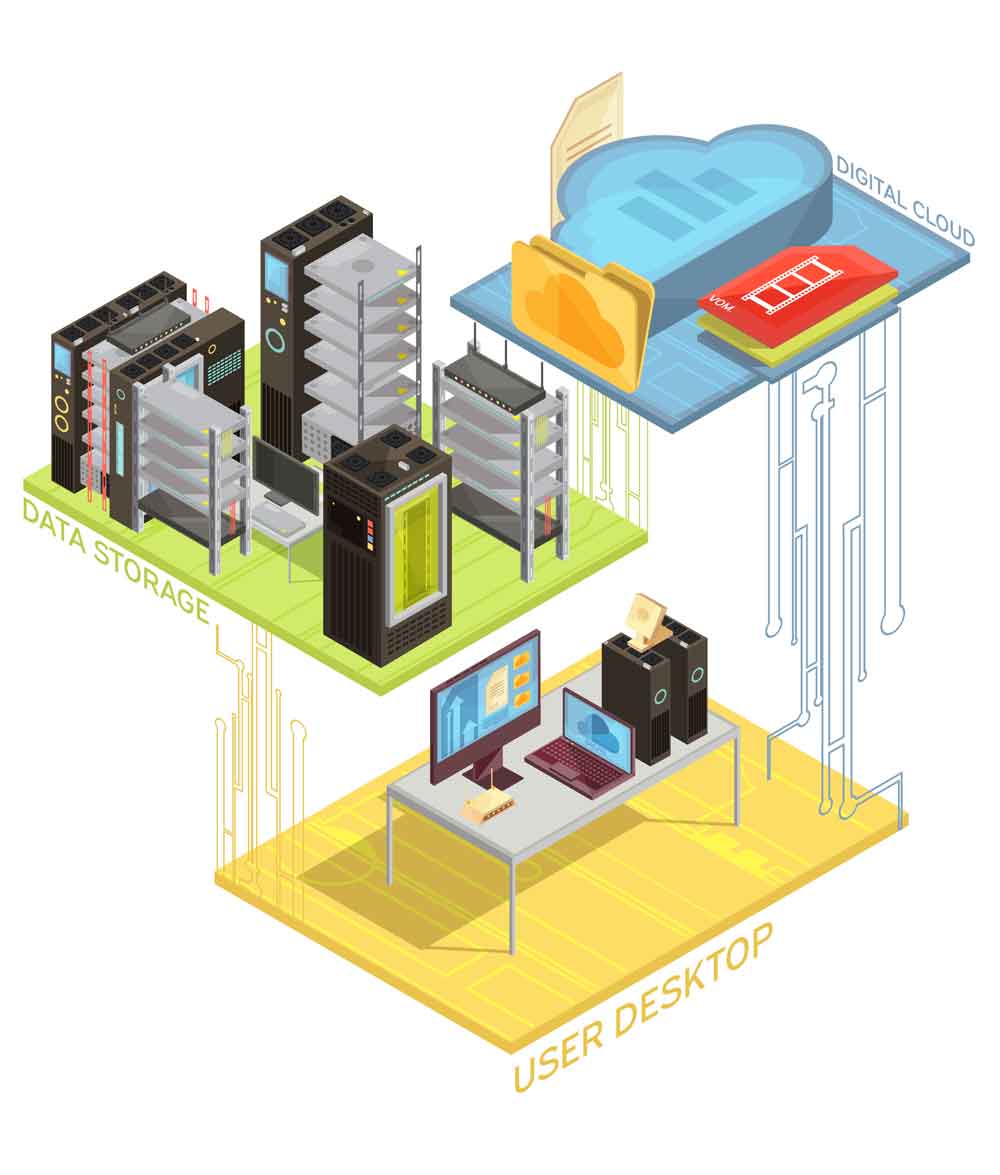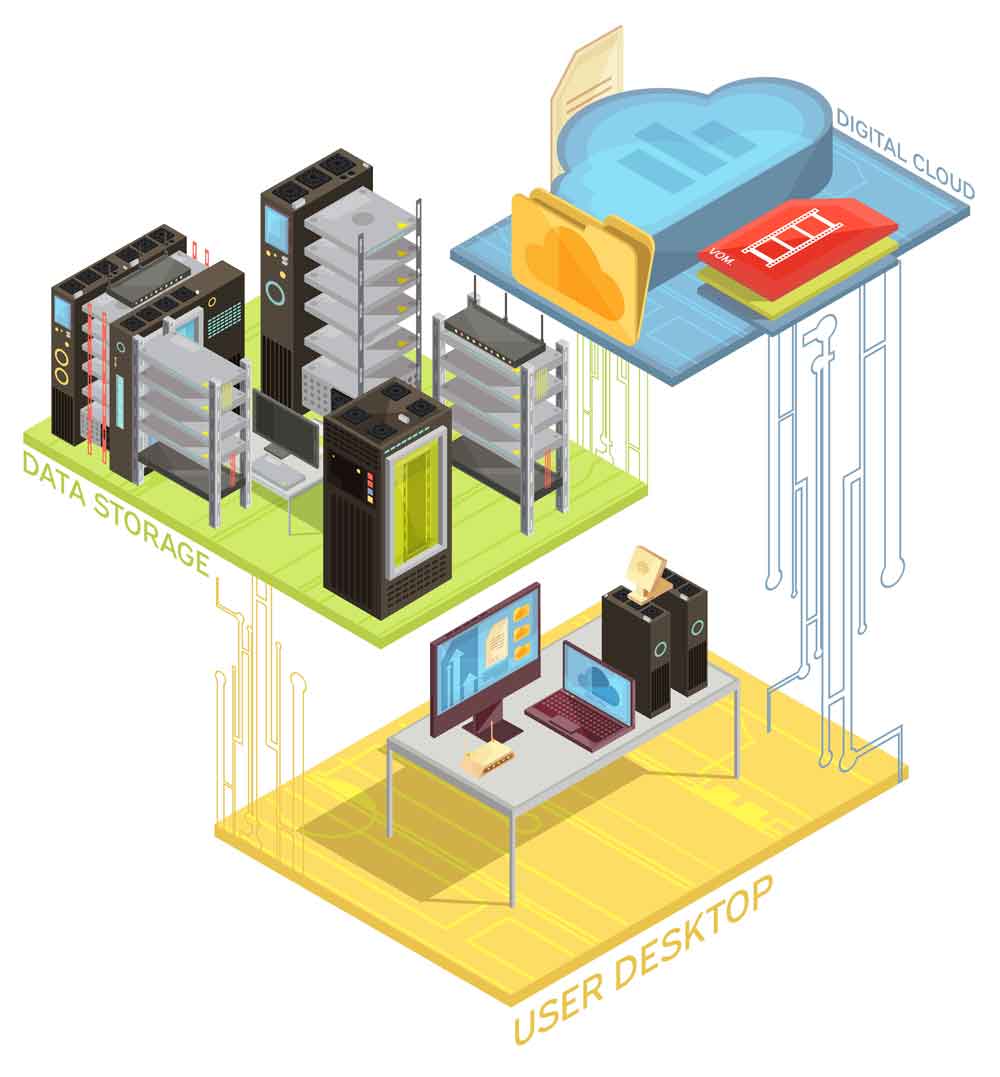It’s a way that Cloudify helps businesses manage and control their spending on cloud services like AWS, Azure, or Google Cloud. Imagine you’re renting tools from a hardware store — every hour you use a tool, you pay money. Cloud services work the same way. But costs can quickly get out of control if no one is watching. FinOps is like hiring a smart budget manager who makes sure you use the right tools, at the right time, and don’t waste money.
Why Do Companies Need It?
- Cloud bills are complicated You pay for computing power, storage, data transfers, and more — sometimes by the second.
- Teams use cloud differently. Developers, finance, and operations each care about different things.
- Without FinOps, it’s easy to overspend.

What Does Cloud FinOps Actually Do?
Here are the main things FinOps teams focus on:
Visibility:
Track who is spending what in the cloud.
Break down costs by team, app, or project.
Optimization:
Find wasted resources (like idle servers or over-sized machines) and fix them. Choose cheaper pricing options like reserved instances or spot instances.
Governance and Budgeting:
Set budgets and make sure teams don’t overspend. Use tools and policies to control costs automatically.
Collaboration:
Bring together finance, engineering, and operations teams.
Everyone works together to make smarter cloud decisions.

How FinOps Works: The 3 Phases
FinOps usually follows this cycle:
- Inform: Understand where your money is going.
- Optimize: Fix problems and find savings.
- Operate: Keep everything running efficiently over time.
Real-Life Example:
Let’s say a company’s developers leave their cloud servers running all night even when no one is using them. That wastes thousands of dollars a month.
FinOps would:
- Spot that waste through dashboards or reports.
- Work with developers to turn servers off automatically.
- Save the company money without stopping the work.
Bottom Line:
Cloudify’s FinOps is about reducing your subscriptions’ costs immediately and making cloud spending smart, efficient, and collaborative. It helps companies:
Cloudify discounts for all Clouds
Avoid surprise bills
Spend wisely
And get the most value out of their cloud investments.
Let me know if you'd like a visual summary, case studies, or tool recommendations used in FinOps!
More on Cloud FinOps?
Cloudify’s FinOps—short for Cloud Financial Operations—is a cultural practice and a discipline that brings together finance, engineering, product, and operations teams to manage cloud spending in a more collaborative, transparent, and efficient way. FinOps is not just about cutting costs. It’s about maximizing business value from cloud investments by giving teams the visibility, tools, and accountability they need to make smarter decisions.
Why Cloud FinOps Exists
Cloud computing introduced a new kind of spending:
- In traditional IT, companies bought servers once and depreciated them over years.
- In the cloud, costs are on-demand and variable—you pay by the second, minute, or hour for what you use.
This flexibility is powerful, but it also means:
- Spending can spiral out of control if not monitored.
- Finance doesn’t always understand technical usage.
- Engineers may not think about the financial impact of their infrastructure choices.
FinOps solves this by making cost a shared responsibility across the organization.

Key Components of FinOps
Here’s how Cloud FinOps actually works in detail:
Visibility and Cost Allocation
- Track every dollar spent in the cloud: by service, team, environment (e.g. dev vs. production), project, or business unit.
- Use tags and accounts to organize spending.
- Example tools: AWS Cost Explorer, Google Cloud Billing, Azure Cost Management, CloudHealth, Apptio Cloudability.
Budgeting and Forecasting
- Set budgets and predict future cloud costs based on historical trends.
- Alert teams if they’re at risk of exceeding their budget.
- Finance and product teams work together on forecasting usage, especially for large-scale services like Kubernetes or data warehouses.
Optimization
- Identify unused or underused resources:
- Idle compute instances
- Oversized virtual machines
- Old snapshots or unused storage
- Use purchasing strategies like:
- Reserved Instances (RIs) or Savings Plans (commitments for lower costs)
- Spot Instances (unused capacity at a discount, with tradeoffs)
- Automate scaling, turning off unused resources, and rightsizing.
Governance and Controls
- Implement policies to:
- Prevent untagged resources
- Enforce usage limits
- Require approval for high-cost services
- Build guardrails—not hard blocks—that guide engineers without slowing them down.
Cross-Team Collaboration
- Create regular FinOps meetings or working groups to review spend.
- Share dashboards and insights so everyone can see where money is going.
- Make engineering teams accountable for their costs, without blaming them.
The FinOps Lifecycle
FinOps follows a continuous three-phase loop:
1. Inform
- Collect accurate, granular data.
- Break it down by teams, products, environments, etc.
- Deliver real-time visibility to all stakeholders.
2. Optimize
- Analyze the data and find opportunities to improve efficiency.
- Recommend or implement savings actions.
3. Operate
- Build a culture of cost awareness.
- Embed cost discussions into planning and operations.
- Continuously monitor and improve processes.


Roles Involved in FinOps
FinOps follows a continuous three-phase loop:
| Role | Responsibility |
|---|---|
| Finance | Budgeting, forecasting, tracking spend, aligning to business goals. |
| Engineering / DevOps | Choosing and managing cloud infrastructure; implementing optimizations. |
| Product Owners | Making trade-offs between cost, performance, and speed. |
| Executives / CTO / CIO | Defining strategy, cost targets, and accountability frameworks. |
| FinOps Practitioner | The person/team responsible for running the FinOps process. |
FinOps in Practice: Real-World Example
A SaaS company is running hundreds of servers in AWS. Their monthly cloud bill hits $300,000.
Problems:
- Developers leave test environments running overnight.
- Databases are oversized “just in case.”
- Finance doesn’t understand where the money is going.
FinOps actions:
- Tag all resources by team and environment.
- Set up daily reports and cost alerts.
- Turn off test environments after 6 p.m. automatically.
- Downsize unused instances and commit to
- Reserved Instances for steady workloads.
- Regular monthly reviews with teams and finance.
Result: They reduce costs by 20%, gain better forecasting accuracy, and build a cost-aware engineering culture.

Maturity Levels of a FinOps Practice
- Crawl – Manual tagging, basic visibility, early optimization efforts.
- Walk – Teams get reports, some automation, regular reviews start.
- Run – Real-time data, cost accountability embedded in DevOps, full automation of savings strategies
